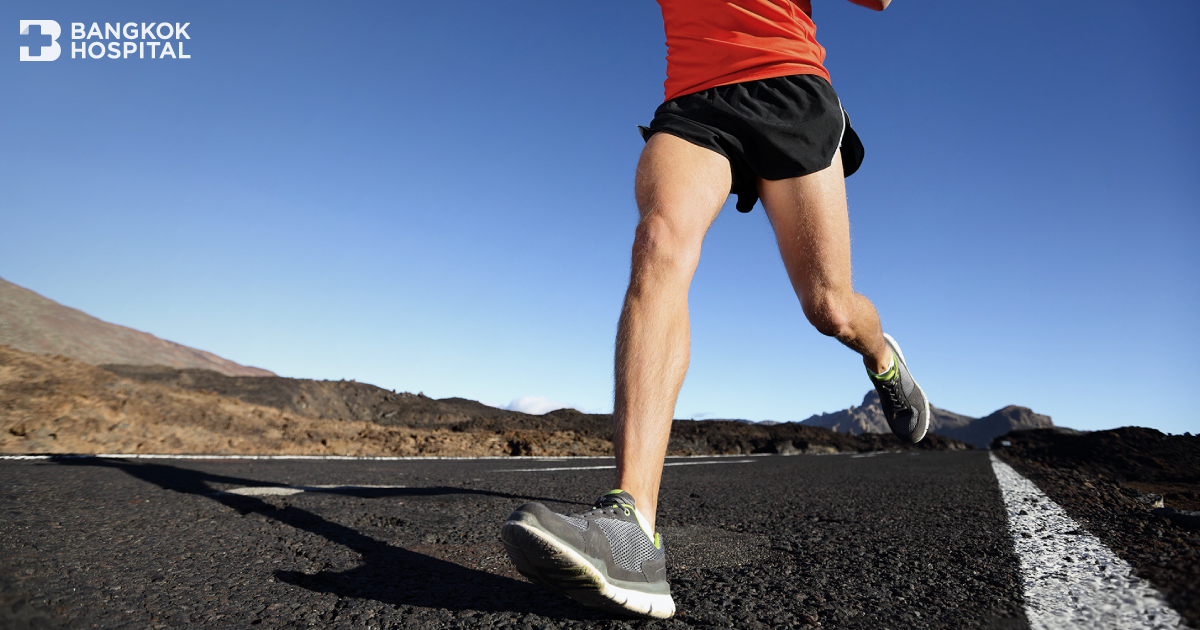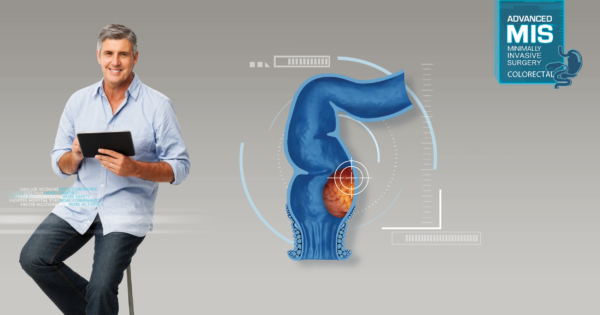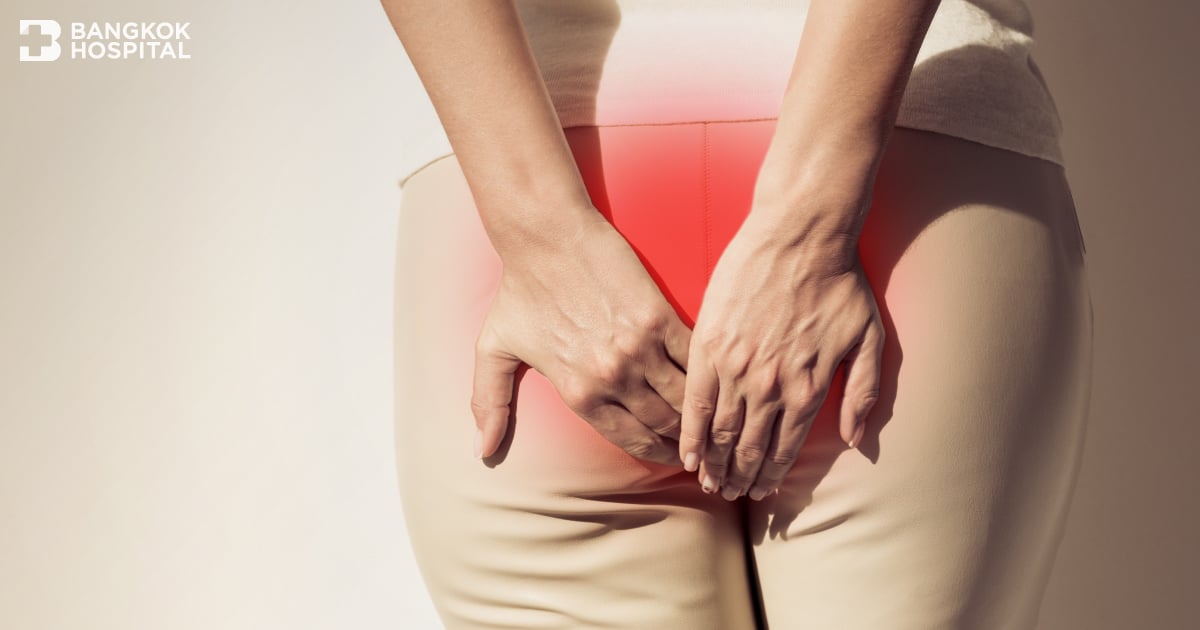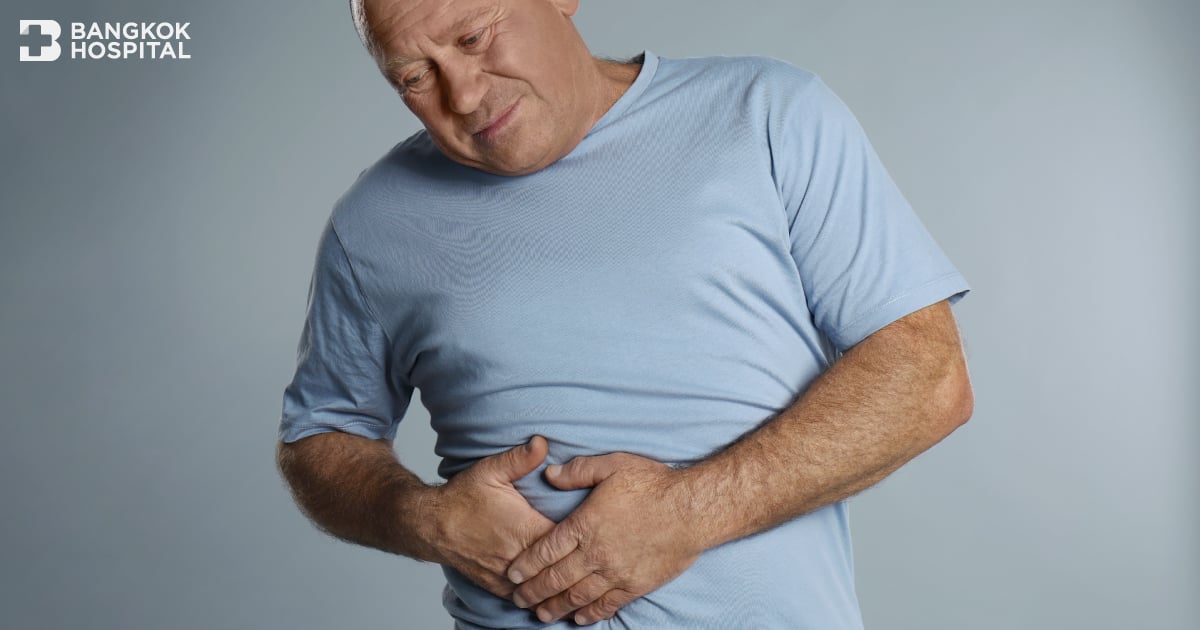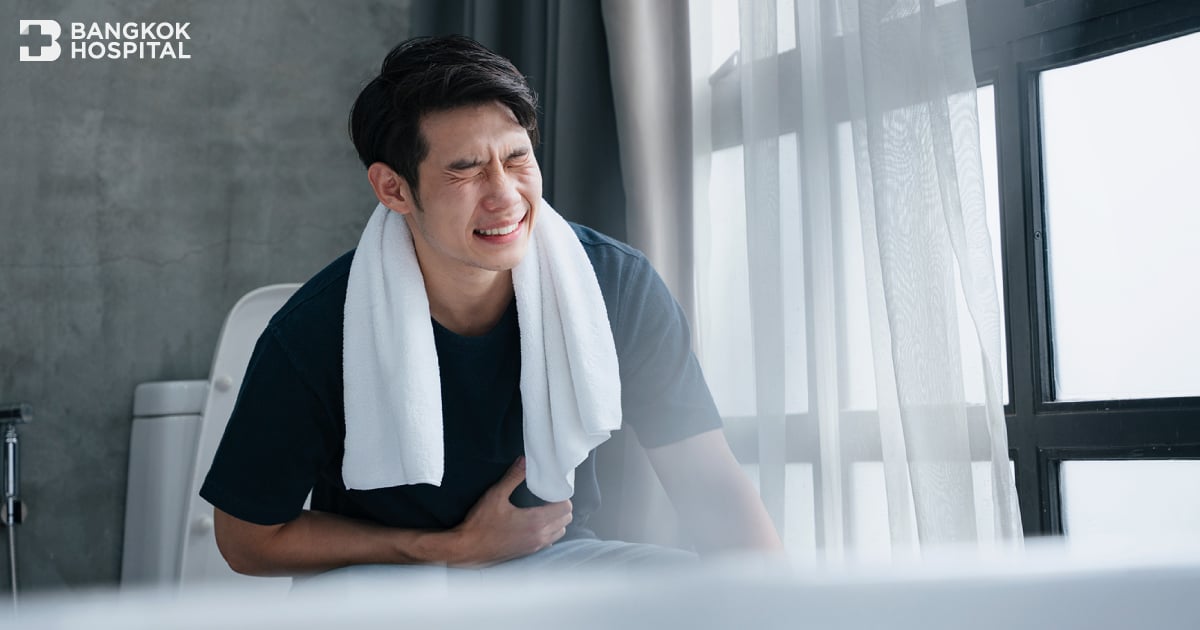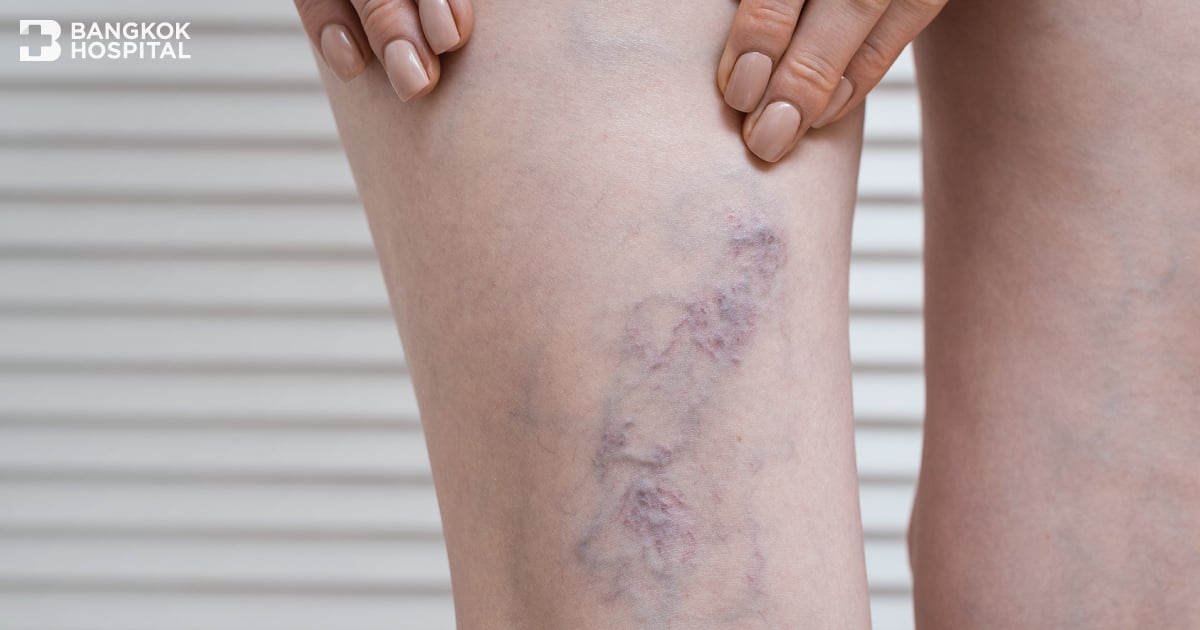A sports hernia or an athletic pubalgia has become one of the most common problems disrupting athletes or physically active people. A sports hernia is caused by soft tissue injury that occurs in the groin area. This condition is likely to develop during sports or exercises that require sudden changes of direction or intense twisting movements. Despite the fact that a sports hernia may lead to severe abdominal pain, particularly in the groin area, it is different from inguinal hernia. Without accurate diagnosis and effective treatment, this injury can result in chronic, disabling pain that prevents athletes from resuming sports and activities.
Get to know a sports hernia
Despite its name, a sports hernia is not actually a hernia. A sports hernia or an athletic pubalgia is defined as a strain or tear of any soft tissue (muscle, tendon, or ligament) in the lower abdomen or groin area. Sports activities involving sudden changes of direction, planting the feet and twisting with maximum exertion can cause a tear in these soft tissues. The most frequently affected soft tissues are the oblique muscles in the lower abdomen. In many cases of sports hernia, the tendons that attach the thigh muscles to the pubic bone (adductors) in the lower abdomen are stretched or torn. Sports hernias usually occur in vigorous sports, e.g. football, running, high jump, baseball, fencing, ice hockey and wrestling. Sports hernias appear to be more common in men than women. Unlike inguinal hernia, a sports hernia does not cause a visible bulge in the groin. Nevertheless, a sports hernia may eventually lead to an inguinal hernia in which abdominal organs may press against the weakened soft tissues to form a visible bulge.
Cause of a sports hernia
A sports hernia occurs when there is a weakening of the muscles or tendons of the lower abdominal wall. Sports hernia results from overuse of groin muscles or repetitive motions, requiring twisting of the pelvis. The soft tissues performing these movements found in the lower abdomen and groin area are most frequently torn or injured. The tendons that attach the oblique muscles to the pubic bone become vulnerable, stretched or torn. As a result of soft tissue injuries, aching pain in the lower abdominal region radiating to the thigh exhibits while running or exercising. The symptoms are even sometimes exacerbated by coughing or sneezing without movements.
Warning signs and symptoms
Similar to inguinal hernia caused by the abdominal wall weakness, a sports hernia typically begins with a slow onset of aching pain in the lower abdominal region which is correctly related to twisting movements or bent forward position. Symptoms may include:
- Pain in the lower abdomen
- Pain in the groin
- Pain in the testicle (in males)
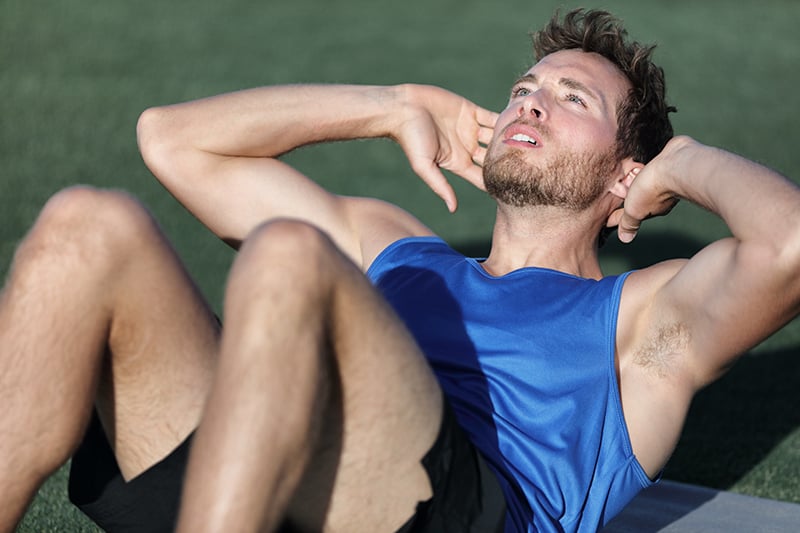
Inguinal hernia VS. sports hernia
Although the symptoms are fairly similar, the pain and pressure from sports hernias are caused by torn tendons that attach to the pelvis instead of an abdominal muscle separation and protrusion of intestine or other soft tissue. Differences between a sports hernia and inguinal hernia are described as followings:
|
Inguinal hernia |
Sports hernia |
|
Pain or discomfort in the groin and aching sensation at the bulge during:
|
Shooting pain in the groin area that might radiate to the lower abdomen or thigh during:
|
|
Symptoms are usually intermittent. |
Symptoms are typically aggravated by movements. |
|
A visible bulge in the groin area on either side of the pubic bone. |
No visible bulge in the groin area. |
Diagnosis of a sports hernia
A sport hernia has shared certain similarities to inguinal hernia and osteitis pubis characterized by non-infectious inflammation of the pubic symphysis, affecting lumbar spine, hip, abdomen and urinary system. Therefore, a comprehensive physical exam conducted along with other confirmatory imaging tests, such as magnetic resonance imaging (MRI scan) is crucial to rule out other conditions, enabling effective and timely treatments. Moreover, a sports hernia with untreated torn or injured muscles may eventually progress to an inguinal hernia, where abdominal organs press against the weakened wall to form a noticeable bulge or lump protruding through the abdominal muscles.
Treatment of a sports hernia
Treatment of a sports hernia is primarily determined by an expert surgeon based upon multiple factors, including severity and type of tears as well as individual conditions and desired level of physical activity.
- Non-surgical treatment: Mild to moderate symptoms can be typically remedied with non-surgical approaches. These include:
-
- Resting and discontinuing physical activities
- Cold and warm compress
- Transcutaneous electrical nerve stimulation
- Oral anti-inflammatory medications
- Injection
- Physical therapy to improve strength and flexibility in the abdominal and inner thigh muscles. Hip exercises for building adductor strength
- Surgical treatment: In case that symptoms are not subsided within 6-8 weeks after non-surgical treatments, patients may need to consider surgery to repair the torn tissues. Surgery to treat sports hernias can be done either as a traditional, open procedure with one long incision or as a laparoscopic procedure. Due to advances in minimally invasive surgery, instead of making a large open cut, the surgeon operates through smaller skin incisions using a small tube attached with a tiny camera (an endoscope). Guided by this camera, the surgeon then inserts tiny instruments through other incisions to repair or suture the torn or injured soft tissues. To enhance the strength of the muscles in the abdominal wall, during this surgery, synthetic mesh might be placed to provide additional support to weakened areas in the abdomen. Surgery usually requires hospitalization for 1-2 days. After hernia repair surgery, it is common to experience mild to moderate pain, especially in the groin area. To prevent an elevated pressure inside the abdomen during the first 4-6 weeks after surgery, lifting heavy weights, having strenuous bowel movements and engaging in strenuous exercise as well as twisting movements should be strictly avoided.
Athletes and physically active people might pose a greater risk to develop sports hernias. If warning signs and symptoms exhibit, medical attention must be sought immediately. Timely and effective treatments help to prevent serious complications while reducing disease severity, allowing a full return to sports and physical activities.

